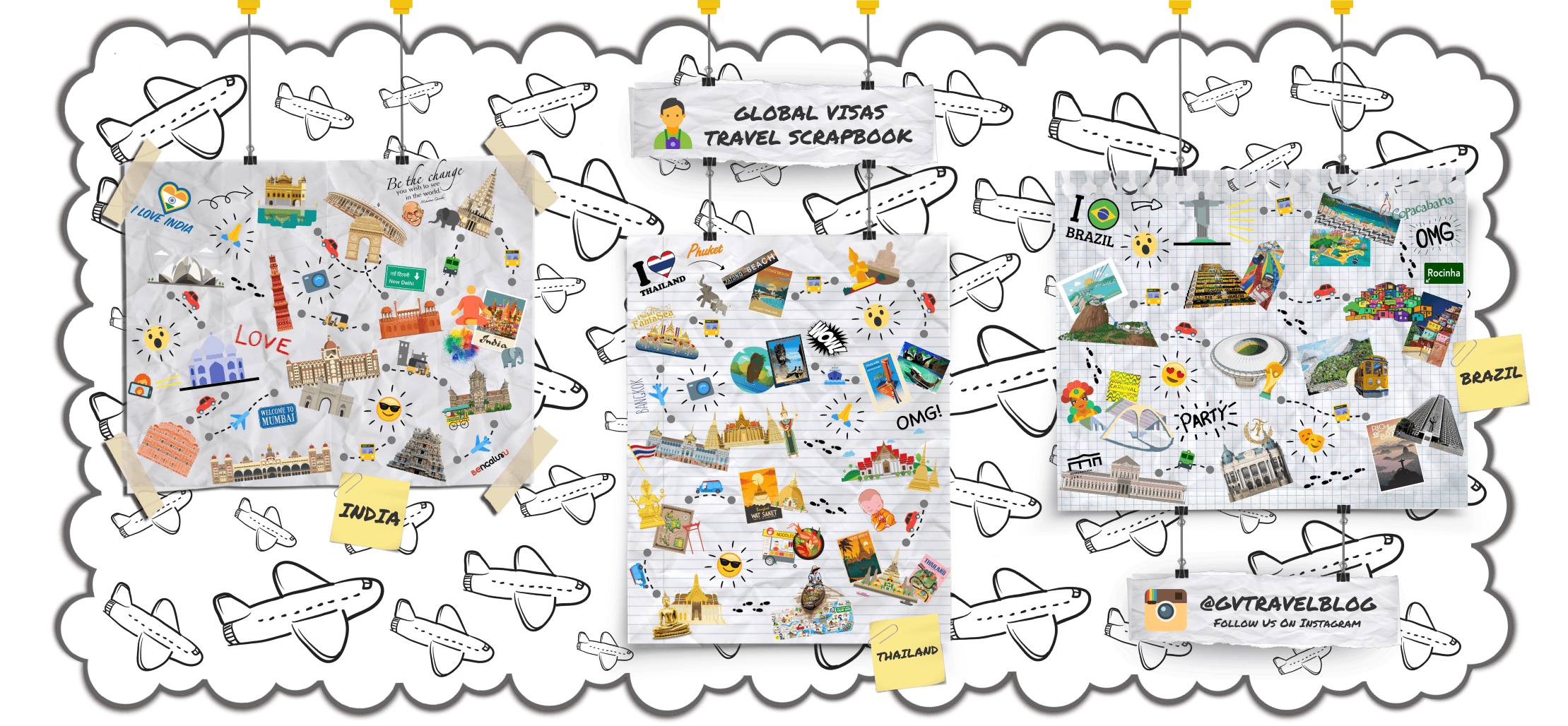EAT:
Traditional Zambian food revolves around one staple, maize, served in one form, nsima (n’SHEE-ma). Nsima is basically a type of thick porridge, rolled into balls with your right hand and dipped into a variety of stews known as relishes (ndiwo, umunani). Those who can afford them eat relishes of beef, chicken or fish, but the many who can’t make do with beans, tiny dried fish (kapenta), peanuts, pumpkin leaves (chibwabwa) and other vegetables such as okra (ndelele), cabbage and rape. At breakfast, nsima can be served watered down into a soup, maybe with a little sugar. Local restaurants will serve nsima and relish for less than 5 kwacha.
Western food has also made major inroads, particularly in major cities, and in Lusaka or Livingstone you can find almost any food you like. Fast food — including chips and burgers, pizza, and fried chicken — is very popular in Zambia. Bakeries making cheap fresh bread are a common sight in towns, and rice from Chama provides an alternative staple if all the maize starts to get to you.
For sit-down meals, ethnic eateries are popular. In Lusaka, especially noteworthy is the Sunday brunch at The Intercontinental; and if you like Indian food, be sure to hit The Dil. Of course, game parks often cater to wealthy — usually foreign — visitors; therefore, high-quality Western meals can be found easily. Along the major roadways, you will find “tuck shops” featuring packaged cookies or take-away meals — meat pies or sausage rolls, for instance — which may or may not satisfy you.
Finally, in terms of hygiene outside the major cities, you are unlikely to find a proper washroom with running water. You will probably be given a bowl of water, a piece of soap, and a (damp) towel. Therefore, some travelers bring small bottles of anti-bacterial hand soap with them.
DRINK:
Tap water in Zambia is generally not drinkable, at least unless boiled. Bottled water is widely available in cities, but not necessarily in rural areas. It is advisable to carry chlorine pills to purify water, in case of emergency.
Soft drinks:
A traditional local drink worth trying is maheu, a somewhat gritty and vaguely yogurty but refreshing beverage made from maize meal. Factory-produced maheu is sweet, comes in plastic bottles and is available in a variety of flavors including banana, chocolate and orange, while homemade versions are usually unflavored and less sweet.
Coke products are accessible and cheap at less than a quarter a bottle, but beware of the deposit system: in rural areas, you may have to return an empty bottle before they’ll sell you a new one!
Beer:
Zambia’s best-known brew is Mosi, a clear 4% lager available everywhere. Eagle has more taste and more kick at 5.5%, while Zambezi Lager is a microbrew worth sampling if you run into it. The South African brand Castle is also bottled locally, and all of the above run around a clear 4% lager available everywhere. Eagle has more taste and more kick at 5.5% in a store or a clear 4% lager available everywhere. Eagle has more taste and more kick at 5.5%-2 in a bar.
If you are near the borders, you are likely to find Carlsberg (good, from Malawi), Simba (excellent, from the Democratic Republic of the Congo), Kilimanjaro (nice lager, from Tanzania), and Tusker (strong, from Kenya). Other imports can be found in larger markets but will also cost more.
Local alcohol:
The locals’ drink of choice is masese (muh-SE-say) or ucwala (uch-WALA), also known as Chibuku after the biggest brand, made from maize, millet, or cassava and resembling sour porridge in texture and taste. If you want to try this, it’s best to look out for the factory-made kind in milk-carton-like containers.
In rural areas, there are opportunities to drink local “homebrews.” A wide variety of homebrews exist in Zambia, from beers made from honey (in the Southern province of the country), to wine made from tea leaves (in the Eastern portion of the country).
Finally, there is kachasu (cuh-CHA-suh), a spirit distilled from anything Zambians can get their hands on — including battery acid and fertilizer. For obvious reasons, therefore, it is better to avoid this moonshine.
On a final note, most men at bars are relaxing, while many women at bars are working. Therefore, if you are a single woman in a Zambian bar, be aware that you might be approached and offered the opportunity to do something you did not intend to do.









